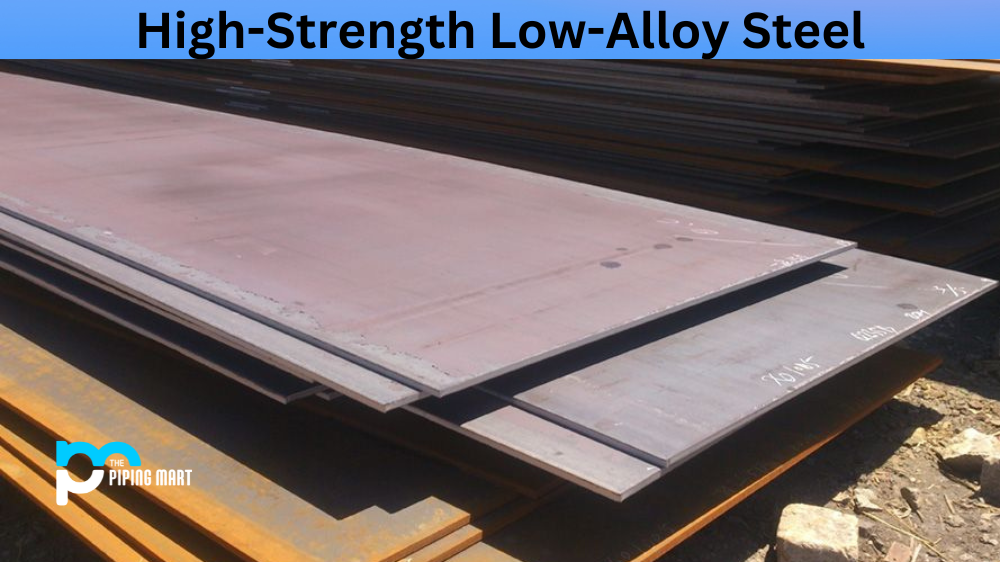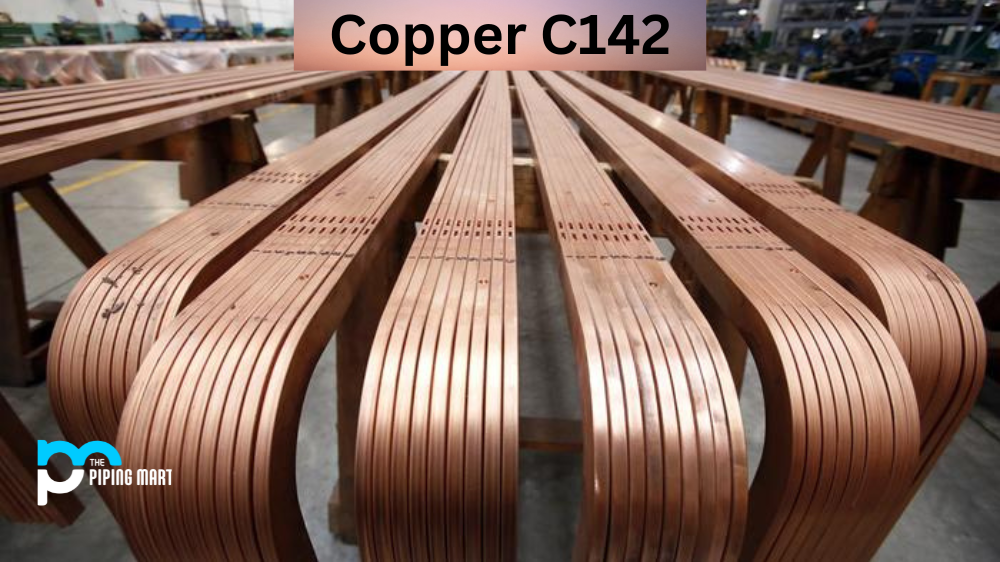Steel is a strong, versatile, and widely used metal in various industries, from construction to automotive and aerospace. Among the different types of steel, high-strength low-alloy (HSLA) steel stands out for its unique properties and benefits. HSLA steel is often preferred over conventional steel because it reduces weight, increases strength, and improves durability. This post will dive deep into the composition, physical and mechanical properties, and various uses of HSLA steel.
HSLA Steel Composition
HSLA steel is an alloy with low levels of carbon, manganese, and other alloying elements such as vanadium, niobium, and titanium. The low carbon content (usually less than 0.20%) contributes to better weldability and formability, while the alloying elements boost the strength and toughness of the material.
| Grade | % Carbon (max) | % Manganese (max) | % Phosphorus (max) | % Sulfur (max) | % Silicon (max) | Notes |
|---|---|---|---|---|---|---|
| 942X | 0.21 | 1.35 | 0.04 | 0.05 | 0.90 | Niobium or vanadium treated |
| 945A | 0.15 | 1.00 | 0.04 | 0.05 | 0.90 | |
| 945C | 0.23 | 1.40 | 0.04 | 0.05 | 0.90 | |
| 945X | 0.22 | 1.35 | 0.04 | 0.05 | 0.90 | Niobium or vanadium treated |
| 950A | 0.15 | 1.30 | 0.04 | 0.05 | 0.90 | |
| 950B | 0.22 | 1.30 | 0.04 | 0.05 | 0.90 | |
| 950C | 0.25 | 1.60 | 0.04 | 0.05 | 0.90 | |
| 950D | 0.15 | 1.00 | 0.15 | 0.05 | 0.90 | |
| 950X | 0.23 | 1.35 | 0.04 | 0.05 | 0.90 | Niobium or vanadium treated |
| 955X | 0.25 | 1.35 | 0.04 | 0.05 | 0.90 | Niobium, vanadium, or nitrogen treated |
| 960X | 0.26 | 1.45 | 0.04 | 0.05 | 0.90 | Niobium, vanadium, or nitrogen treated |
| 965X | 0.26 | 1.45 | 0.04 | 0.05 | 0.90 | Niobium, vanadium, or nitrogen treated |
| 970X | 0.26 | 1.65 | 0.04 | 0.05 | 0.90 | Niobium, vanadium, or nitrogen treated |
| 980X | 0.26 | 1.65 | 0.04 | 0.05 | 0.90 | Niobium, vanadium, or nitrogen treated |
HSLA Steel Physical Properties
HSLA steel has a density ranging from 7.8 to 8.1 g/cc and a melting point of around 1370 °C. Its high strength-to-weight ratio makes it ideal for applications where lightweight yet strong materials are essential. It also has excellent corrosion resistance, which makes it suitable for outdoor and marine environments.
HSLA Steel Mechanical Properties
HSLA steel offers a range of mechanical properties depending on its composition and processing. Its ultimate tensile strength can vary from 50,000 to over 100,000 psi, while its yield strength can range from 30,000 to 90,000 psi. It also exhibits high toughness, impact resistance, and fatigue strength, which makes it suitable for demanding applications such as heavy equipment and machinery, structural components, and pressure vessels.
| Grade | Form | Yield strength (min) [psi (MPa)] | Ultimate tensile strength (min) [psi (MPa)] |
|---|---|---|---|
| 942X | Plates, shapes & bars up to 4 in. | 42,000 (290) | 60,000 (414) |
| 945A, C | Sheet & strip | 45,000 (310) | 60,000 (414) |
| Plates, shapes & bars: | |||
| 0–0.5 in. | 45,000 (310) | 65,000 (448) | |
| 0.5–1.5 in. | 42,000 (290) | 62,000 (427) | |
| 1.5–3 in. | 40,000 (276) | 62,000 (427) | |
| 945X | Sheet, strip, plates, shapes & bars up to 1.5 in. | 45,000 (310) | 60,000 (414) |
| 950A, B, C, D | Sheet & strip | 50,000 (345) | 70,000 (483) |
| Plates, shapes & bars: | |||
| 0–0.5 in. | 50,000 (345) | 70,000 (483) | |
| 0.5–1.5 in. | 45,000 (310) | 67,000 (462) | |
| 1.5–3 in. | 42,000 (290) | 63,000 (434) | |
| 950X | Sheet, strip, plates, shapes & bars up to 1.5 in. | 50,000 (345) | 65,000 (448) |
| 955X | Sheet, strip, plates, shapes & bars up to 1.5 in. | 55,000 (379) | 70,000 (483) |
| 960X | Sheet, strip, plates, shapes & bars up to 1.5 in. | 60,000 (414) | 75,000 (517) |
| 965X | Sheet, strip, plates, shapes & bars up to 0.75 in. | 65,000 (448) | 80,000 (552) |
| 970X | Sheet, strip, plates, shapes & bars up to 0.75 in. | 70,000 (483) | 85,000 (586) |
| 980X | Sheet, strip & plates up to 0.375 in. | 80,000 (552) | 95,000 (655) |
HSLA Steel Uses
HSLA steel is used in various fields, including construction, automotive, aerospace, and energy. In the construction industry, it is used for building bridges, buildings, and other infrastructure that require high strength and durability. It manufactures lightweight yet robust components such as chassis, suspensions, and powertrain parts in the automotive sector. In the aerospace industry, it is used for constructing aircraft parts such as wings, fuselage, and landing gear. In the energy sector, it makes pipelines, drilling equipment, and offshore structures.
Conclusion:
In conclusion, High-strength low-alloy (HSLA) steel is a unique type of alloy steel that offers several benefits over traditional steel. Its composition allows for reduced weight and increased strength, while its physical and mechanical properties provide excellent corrosion resistance, toughness, and durability. HSLA steel is used in many industries, including construction, automotive, aerospace, and energy, making it a versatile and essential material for modern infrastructure and technology. As the demand for lightweight and strong materials continues to increase, HSLA steel is expected to play a crucial role in shaping the future of engineering and manufacturing.

Abhishek is a seasoned blogger and industry expert, sharing his insights and knowledge on various topics. With his research, Abhishek offers valuable insights and tips for professionals and enthusiasts. Follow him for expert advice on the latest trends and developments in the metal industry.




